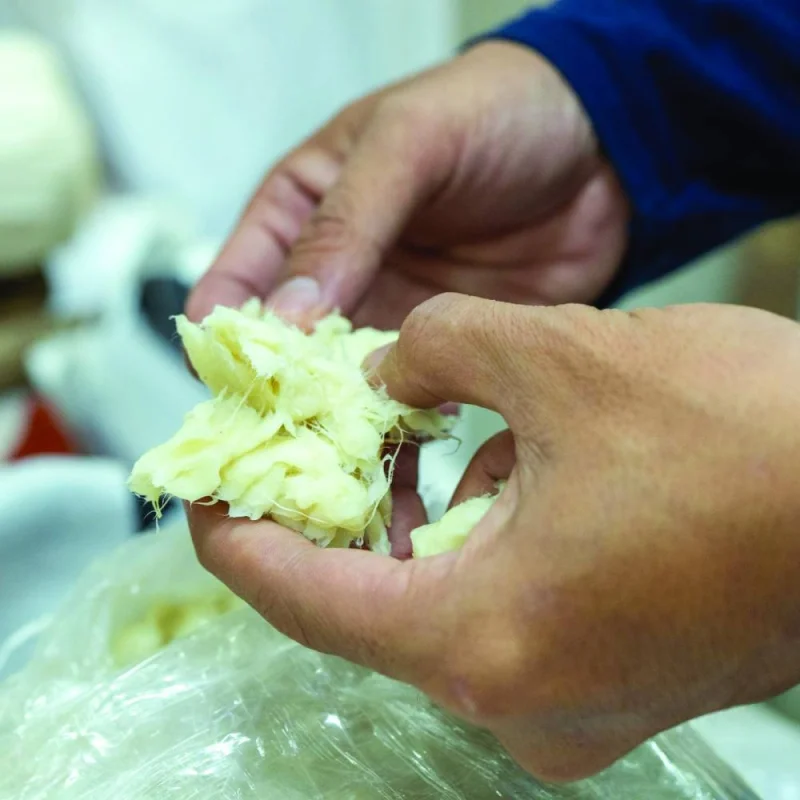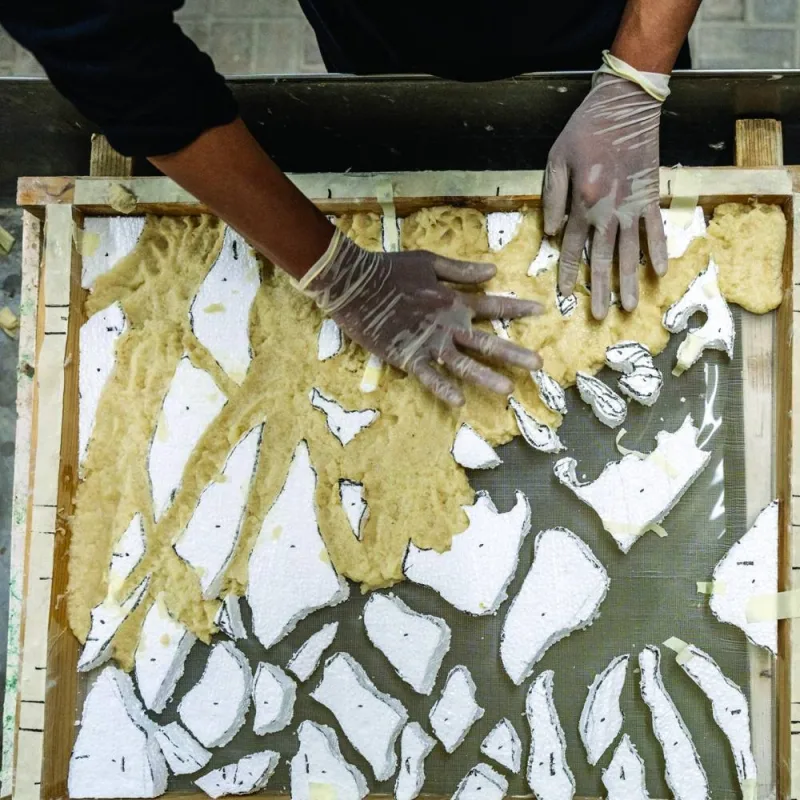The 'Dialogue of Papers' exhibition, a remarkable artistic endeavour that encapsulates the deep cultural connection shared between Qatar and Indonesia, is set to open in Jakarta on November 25, the Years of Culture initiative has announced.
Taking place until December 16 at the Emiria Soenassa Gallery, Taman Ismail Marzuki (TIM) Jakarta, the exhibition forms part of the Qatar – Indonesia 2023 Year of Culture and explores the intricate relationship between the two countries through the medium of papermaking.
This cultural dialogue is portrayed through collaborative artworks that brought together two exceptional artists: Qatari artist Yousef Ahmad and Indonesian artist Widi Pangestu.
Curated by Years of Culture senior museums expert Dr Aisha al-Misnad, the 'Dialogue of Papers' exhibition showcases the results of a collaborative workshop held in Qatar, where Ahmad and Pangestu combined the unique natural elements of both countries.
This collaboration involved the fusion of palm tree pulp from Qatar with abaca and mulberry pulps from Indonesia, resulting in 36 artworks that will be on display at the Emiria Soenassa Gallery.
“The Dialogue of Papers concept is a legacy borne out of Year of Culture’s partnership with Japan. We were thrilled to be able to host Mr Widi Pangestu in Doha for workshops with Mr Yousef Ahmad. The resulting artworks offer a captivating exploration of concepts such as fullness and emptiness, differences and similarities, and the power of dialogue through shared creativity. It is a visual representation of the profound connection between Qatar and Indonesia, transcending geographic boundaries through art,” al-Misnad.
The two artists will hold a free public talk at the gallery on November 25 at 1pm. At its core, this exhibition delves into the ways in which distinct environments, landscapes, and climates have influenced the lives and experiences of people in Qatar and Indonesia.
Indonesia, an archipelago of lush, green islands, boasts dense forests teeming with plants of diverse shapes and hues. The contrast is stark when compared to Qatar, a peninsula characterised predominantly by a desert landscape, a region initially appearing devoid of flora.
However, the desert has generously gifted the palm tree, which has thrived in the face of harsh conditions and limited water resources. This juxtaposition of the forest and the desert evokes notions of fullness and emptiness, drawing attention to the artistic and creative endeavors of the inhabitants of these distinct environments. Humans have managed to thrive and create in both landscapes, despite their inherent differences and challenges.

Widi, Dr Aisha, and Yousef.

Paper pulp making.

Widi making paper pulp art.
